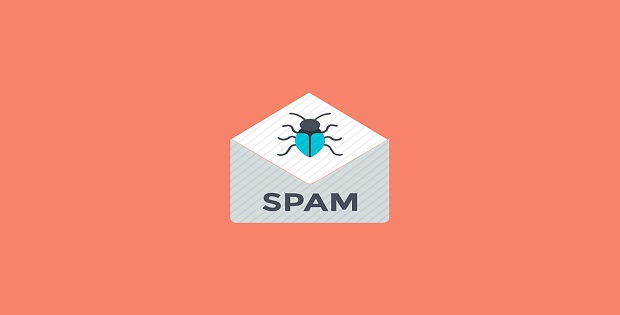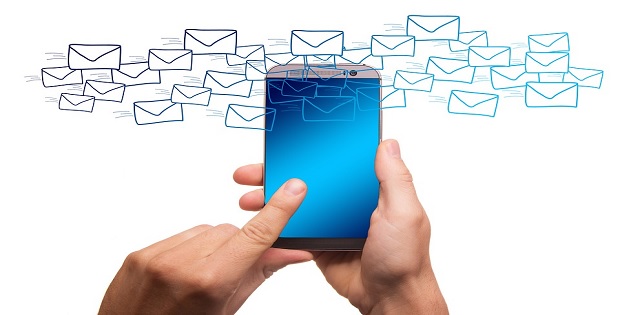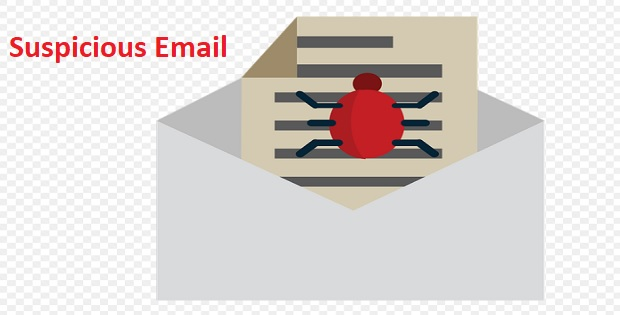What is Spam in Computer? Tips to Prevent Spam
Last Updated on 5 months by Touhid
What is Spam in Computer? Spam is an unsolicited email that is sent to users without their request or interest. The spam email may contain a link called a phishing email, which redirects users to a vulnerable website to compromise their sensitive information.
Today, we’ll discuss different types of spam on a computer and how to prevent them to ensure computer security.
Keep on reading the following topics!
Table of Contents
What is Spam in Computer?
What is spam in computer? Spam is unsolicited and unwanted junk email that is sent out in bulk to a user’s computer through the internet. Typically, most spam message is sent for commercial advertising and phishing, which is an economically very cost-effective medium for the spammer.
The spam is sent to the user’s computer in different forms such as bulk email, phishing email, social media posts, text messaging and blog comments.
It is observed that maximum spam is sent as emails to the user’s mailbox. Spam emails are time and resource-consuming, and some spam emails are dangerous to handle. Spammer sends emails to users to get sensitive information such as bank details, credit card information and personal identity.

Types of Spam on Computer
There are different types of spam on computer, which are as follows:
- Email Spam
- SEO Spam
- Mobile phone spam
- Link Spam
- Social Networking spam
Email Spam
Email spam is junk or unsolicited email messages sent by scammers through the email system. It is very difficult to identify the scammers and stop the spam email.
So, it is better if you receive a spam email then don’t open or click any links. A spam email may have the following symptoms:
- Sender address may be noreply@company.com.
- Use an unfamiliar sender name.
- Sending domain is not professional.
- Grammar and Spelling Errors.
- The attachment file is suspicious.
- Request for credit card details, and payment information.
- Incorrect sentences and repetitive punctuation.
SEO Spam
SEO (Search Engine Optimization) spam also called spamdexing is a set of techniques used to improve the search engine ranking of a website. It is the most popular way to gain financial profit by hacking your website.
When hackers have access to your website admin panel, they may inject SEO spam into your website pages. A hacker can access your website using different ways such as outdated software, plugins, themes, admin credentials, and by sending phishing emails.
After gaining access to a website, hacker injects their targeted keywords and create a link for malware websites.
Mobile Phone Spam
Mobile phone spam is an unsolicited and unwanted text message that is sent in bulk to a target mobile phone. It is also called SMS spam or text spam.
The scammers sent spam to mobile phone users through text messaging for commercial advertisements. Some mobile recipients have to pay a fee for every spam message received from scammers. Most mobile users receive or are familiar with this type of spam message.

Link Spam
Link spam is a vulnerable link which is added by scammers on websites, discussion forums, and blog comments. It is also called comment spam or blog spam.
When you are visiting a website or discussion forum section, you may see some posts filled with irrelevant links, so these links are spam links. If you click on that link, then it may redirect to you a malicious website.
Social Networking Spam
What is Social Networking Spam on the computer? Social Networking spam is unwanted, malicious, unsolicited content which spreads in many ways, including bulk messages, malicious links, fraudulent reviews and fake friends.
Spammers are now spreading spam using social media websites such as Facebook, Twitter, Pinterest, LinkedIn, or MySpace. They may include vulnerable links, pornographic or product sites of a post using fraudulent accounts.
It is very difficult to track spammers because they frequently change their addresses from one account to another.
How to Prevent Spam on Computers?
In the above sections, our cyber security expert team has defined and discussed what is Spam in Computer and types of spam on computers. In this section, they have suggested how to protect from spam on computers, which are as follows:
Don’t publish contact information
Spammers can easily find your contact address such as email, and phone number from your website or social media networking sites. So, it is better to keep your address private or if possible, then don’t publish your contact address on websites.
Avoid opening advertisement email
Most spam message is sent for commercial advertising and phishing. So, if you receive an email which is related to an advertisement then don’t open it. This type of email may contain a URL to redirect your vulnerable website and gain sensitive information.
Don’t Open Suspicious Email
If you think incoming email is suspicious, then don’t click or open that email. A suspicious email may be spam email and it can also contain malicious code.
However, if you click on that suspicious link, then there is a chance to install malware on your computer or you may redirect to a vulnerable website.
To check if a link is suspicious or not “hover your mouse over the URL and see where the URL is redirecting to you, if it is redirecting to your targeted site then the link is valid, otherwise, the link is scammers site or suspicious”.
Learn more about Malicious Code.

Keep up-to-date on your website
You must keep up to date software and services to protect from spam. Attackers are looking for website vulnerabilities so; they can inject malicious code or add spam content into the vulnerable site.
Don’t respond to spam email
If you receive a spam email or the sender is unknown to you then never respond to that email. If you think the email is mistrustful then you can directly communicate with the sender to approve as he sends the email.
Don’t Visit Unsecured Websites
An unsecured website may have spam, computer viruses and malicious software. When you visit a website, please check the site is secured or trusted. So, don’t visit an unsecured website to protect from spam to your computer.
You can check if a website is secure with SSL (Secure Socket Layer) certificate. In the URL, you can see that a website starts with https instead of http such as https:// such as: https://www.google.com.
Block the Email address
Most of the email providers have the option to block the unwanted email address. If you continuously receive spam emails from an email address, then there is an option to mark it as Spam. Here are the very simple steps to stop spam emails on email.
- Login and Open the Email Message.
- Click on the Dotted Icon on the right side.
- Click on Report Spam Email Address.
Learn More about How to stop spam email
Use a Disposable Email Address
If you need to enter your email address for signup, submit comments, and for online shopping, then try to avoid using your primary email address. In that case, use a disposable or secondary email address to protect from spam on computer.
Conclusion
Finally, spam is time-consuming, and it is sent to users for commercial purposes. In this post, we have discussed “What is Spam in Computer”, and types of spam on computer and discussed how to prevent spam in computer. Hope the article will be helpful for you to protect from spam.
Affiliate Disclosure : Cyberthreatportal is a participant in the Amazon Services LLC Associates Program, an affiliate advertising program designed to provide a means for website owners to earn advertising fees by advertising and linking to amazon.com.




